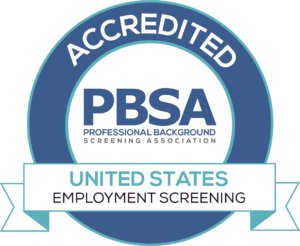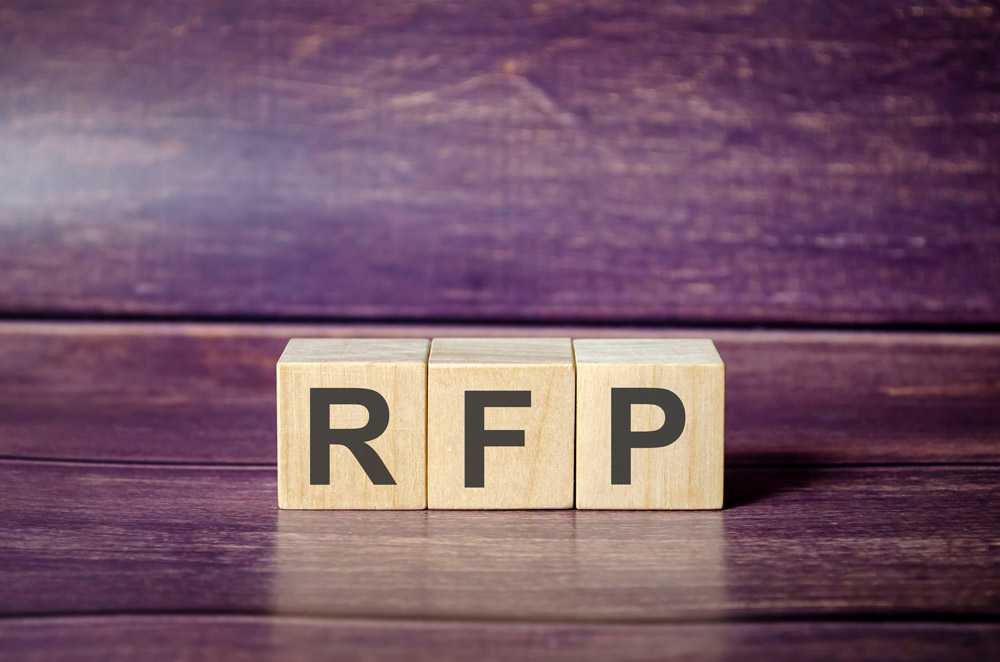Depending on the needs of your organization, you may need to release a formal request for proposal as part of your vendor selection process.
An RFP for background checks or drug testing services can help procurement and HR departments gather specific information from multiple sources while following an established timeline.
As an accredited background screening partner, we have participated in numerous RFP opportunities and have helped many organizations structure their solicitations before their official release.
Because of this, we have garnered considerable expertise on the topic and want to offer a few tips to those trying to get started.
First Things First
Aside from instances where the process is heavily regulated, such as in the public sector, an RFP doesn’t necessarily need to follow a strict format, nor does it have to be pages and pages long.
To be candid, organizations often get caught up in the antiquated formalities of the process and neglect putting their own needs first. More often than not, this leads to a suboptimal outcome.
An RFP should be whatever you need it to be. Nothing less. Nothing more.
4 Background Screening RFP Tips
Remember these simple suggestions, and your process will almost certainly benefit.
1. Establish Realistic Deadlines
The RFP process takes time for both the requesting organization and participating vendors.
We find that about 30 percent of the time, the RFP completion deadline gets extended at least once. This is often due to underestimating the time and resources vendors need to provide the requested information.
We also find that the requesting organization often disregards its own established timeframes for response review and contract award notification. In some cases, it is months after the specified award date that a vendor is ultimately selected.
While every organization is unique, we have found the following timelines to be the most successful:
- Vendor Clarification Period End: 10 days after the RFP release
- Answers to Vendor Questions Due: 14 days after the RFP release
- Response Due: 35 days after the RFP release
- Determine a Top 3: 30 days after the RFP response due date
- Notification of Award: 60 days after the RFP response due date
2. Ask for Meat and Potatoes; Consider Limiting the Gravy
Recently, we were confronted with a near-300-item vendor questionnaire.
After reviewing the 20 pages of single-spaced questions, we determined it wasn’t an opportunity for us.
The bottom line is, if your RFP is asking for snippets of platform or API code, P&L statements for every year since incorporation, exact turnover rates by department, and every last back-end detail of vendor technology, your solicitation is likely missing the mark– and yes such solicitations do exist.
For most organizations, there is nothing wrong with a 20/30-question solicitation, with time set aside for further discussion and demonstration down the road.
Truthfully, providing the fine and confidential details of one’s company when there exists no guarantee of furtherance in the RFP process can be exhausting and unnecessary.
In short, only ask what’s important and relevant to you.
3. Recycling Isn’t Always a Best Practice
While a 20-year-old RFP probably did its job well decades ago, it may be time to consider removing it from circulation.
Here are the top 3 giveaways that an RFP has been over-recycled:
- There are several questions regarding manual management/reporting processes with no acknowledgment of cloud-based systems.
- There is outdated verbiage. For example, an old background check RFP may call for an NAPBS accreditation even though the organization has long since been renamed the PBSA.
- The solicitation calls for hard-copy responses.
4. Hold a Virtual Q&A Meeting
Most RFP processes will encounter a vendor Q&A period.
While questions in writing can certainly be presented and addressed effectively, they aren’t always the most effective way to get answers.
We have noticed tremendous benefits to holding an open meeting for questions. For best results, we would recommend scheduling an optional but encouraged virtual vendor Q&A session. This provides an open forum for vendors to discuss the RFP and request clarification that may be hard to gain through written correspondence.
Takeaways
While RFPs bring formality to the background screening vendor selection process, being too rigid can be counterproductive. Of all the tips we can give, the most valuable is an echo of what was said above– an RFP should be whatever you need it to be. Nothing less. Nothing more.
We hope you found these tips helpful. Feel free to reach out to us for more information.











